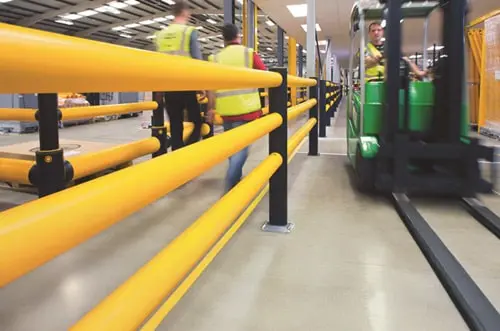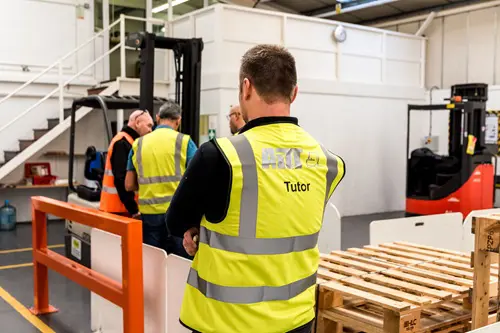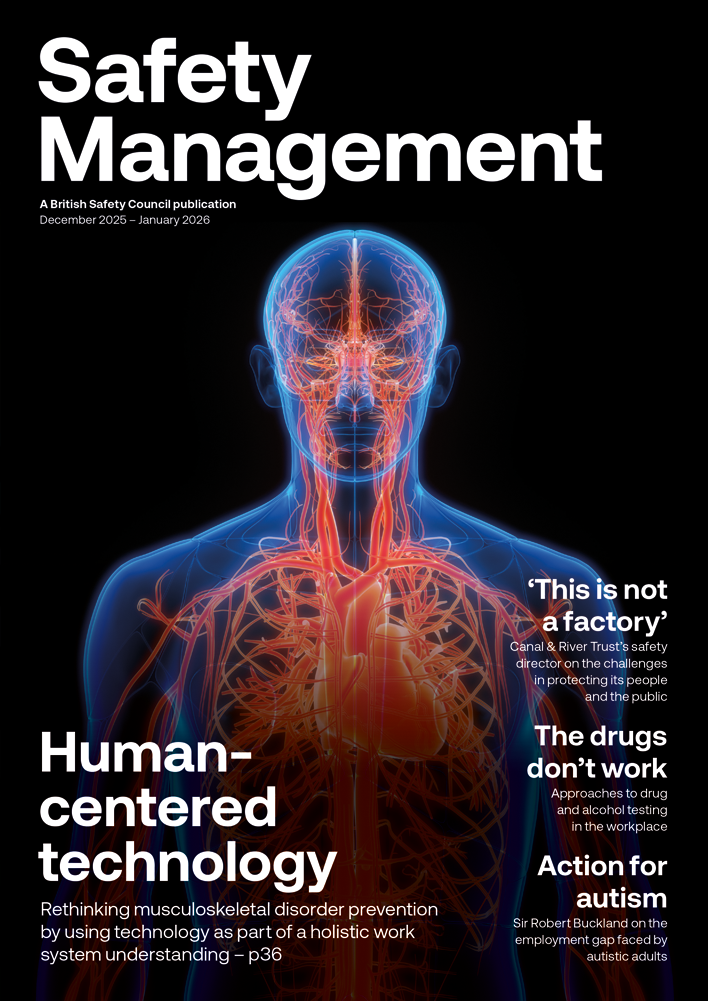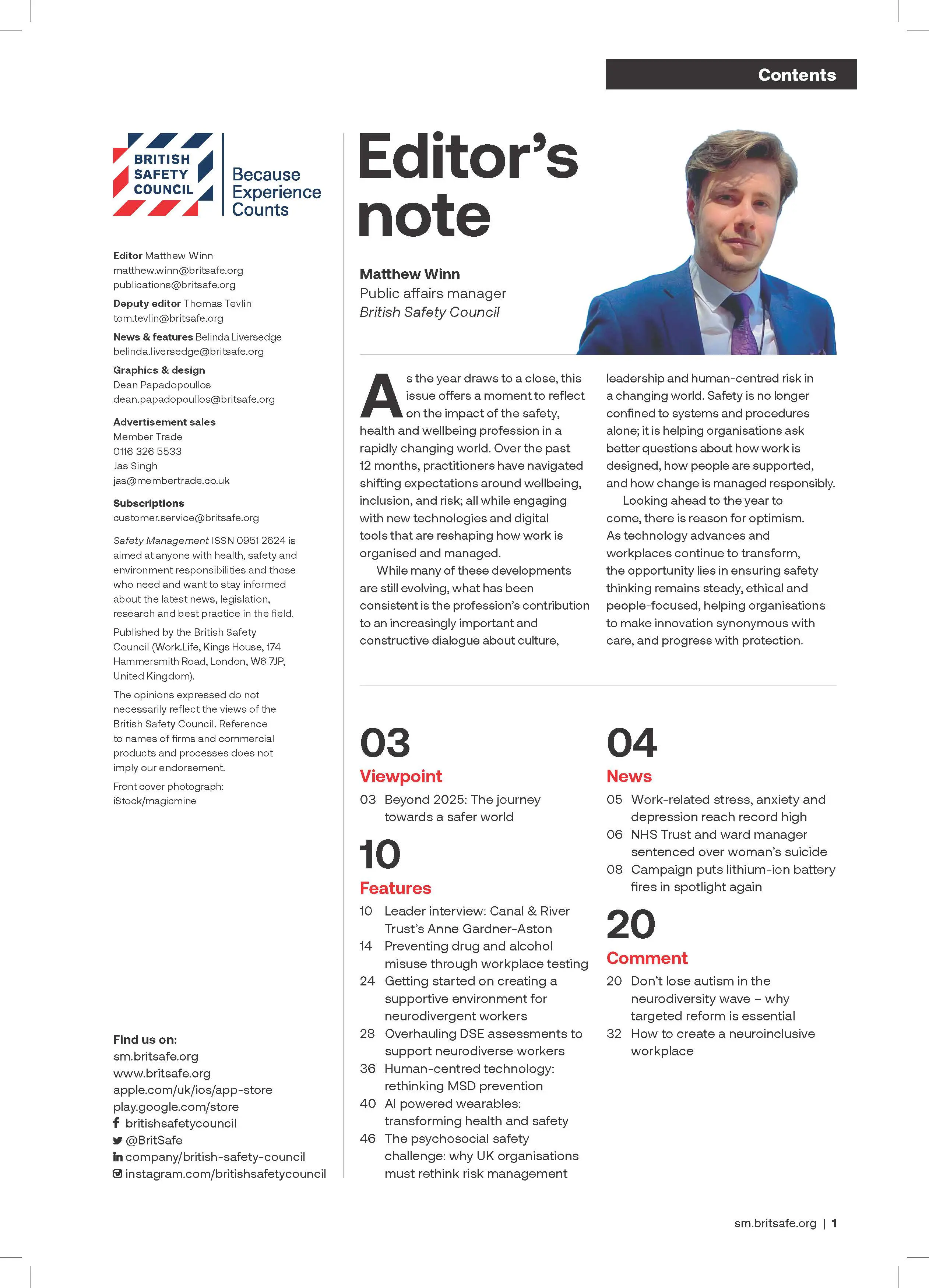Successful management of psychosocial risks involves creating and fostering working environments that enable employees to thrive, rather than just reacting to stress-related issues after they emerge.
Features
Effective stress management is about business performance not policies and support services
When we talk about stress in the workplace, or psychosocial hazards, we tend to think of them through the lens of work demands, job clarity and control, relationships and team dynamics, through to support and manager styles.
However, when it comes to managing stress in the workplace, many organisations still look at the issue through the lens of risk assessments and signposting to support. Or they have an over-reliance on HR, health and safety professionals and occupational health to address concerns once issues have surfaced, rather than ensuring they create and foster working environments where risks are designed out and mitigated before they materialise.
All the elements we know that can present psychosocial hazards in a workplace are the same things that drive the bottom-line performance of a business.
 Mental health issues linked to work are not only common, they are rising. Photograph: iStock
Mental health issues linked to work are not only common, they are rising. Photograph: iStock
From job design to relationships – done wrong and they can present risks; done right, they enable people and, in turn, the organisation, to thrive.
Ultimately, psychosocial risk management is about employee experience and optimal business performance.
Recognising and addressing these is not just good practice, and a legal duty in many countries, it is essential to building a healthier, more resilient future of work.
Rising concerns
Mental health issues linked to work are not only common, they are rising. According to HSE’s 2023–24 report, over three-quarters of a million workers reported work-related stress, depression or anxiety – nearly half of all work-related ill health.
Add to this in the CIPD’s 2025 ‘Good Work Index’ around 8.5 million UK workers said their job harmed their mental health – especially where support was lacking or workloads are too high.
Furthermore, the prevalence of burnout, a syndrome that is the result of chronic unresolved or ineffective management of stress in the workplace, is higher than previously understood.
A 2023 study by McKinsey that explored the health of workforces in 30 countries and over 30,000 workers, showed around one in five workers reported symptoms of burnout.
Nearly half of the UK workforce self-reported symptoms associated with exhaustion; 20 per cent reported symptoms categorised as mental distancing, such as aversion or reluctance to work, and nearly a third indicated attention and concentration deficits, memory problems and reduced performance.
 Psychosocial risk management should no longer be seen as a function of HR or health and safety in isolation. Photograph: iStock
Psychosocial risk management should no longer be seen as a function of HR or health and safety in isolation. Photograph: iStock
Add this to global workforce engagement figures, such as Gallup’s 2024 data, which shows only 20 per cent of the global workforce are engaged, with 60 per cent disengaged, and 20 per cent just plain unhappy.
Stress and burnout represent a significant cost to UK business, both in financial and, more importantly, human terms – but talking in terms of financial impact means little compared with understanding how stress and burnout impacts an organisation’s people, performance and bottom line.
Everyone is responsible for health, safety and wellbeing in an organisation – and the same applies to psychosocial risk management, which is why it should no longer be primarily seen as a function of HR or health and safety in isolation.
Understand workforce ‘enablers’ and ‘inhibitors’
There is limited evidence to support the effectiveness of tertiary interventions such as helplines and health apps in addressing stress and burnout, largely because we are rarely comparing homogeneous approaches to wellbeing.
However, it is the primary factors, driven from the top down, that make life at a company amazing or awful.
Does the design of my job, the way my work is organised, the quality and safety of my working environment, the culture, the working relationships and so on, enable or inhibit my work experience?
 It is the primary factors, driven from the top down, that make life at a company amazing or awful. Photograph: iStock
It is the primary factors, driven from the top down, that make life at a company amazing or awful. Photograph: iStock
Fundamentally, we need to understand our people’s enablers and our people’s inhibitors so we can create informed, relevant and impactful approaches.
Know what data and information to look at, look at it holistically, and know what to do with it.
For example, are your people managers creating stress or do they help your people thrive in their work? Do they simply manage – or do they lead, inspire and coach? Are you managing or mitigating stress? How well do you understand your exposures to work stress?
How well do you understand the relationship between work-stress and your employee engagement? How well are your managers equipped to identify and address signs of stress in their teams?
Do your teams have sufficient control over their roles? What meaning do your employees find in their work?
Only by having an informed picture of your enablers and inhibitors, can you embed relevant and effective interventions.
In our consultancy and training work, British Safety Council has encountered hundreds of different approaches in organisations on addressing worker wellbeing – both informed and creative, to the typically less effective off-shelf approaches.
Prevalence and drivers of stress
Optimal stress management and addressing burnout fundamentally requires senior leaders and decision-makers to understand the prevalence and drivers of stress, and their inhibitors, in their organisation so collectively they can optimise their people experience.
Addressing psychosocial risk is not just about providing support services or undertaking stress risk assessments when things go wrong.
It is a cultural shift that engages and empowers everyone in an organisation to play their role. Psychosocial risks need to be identified, understood and managed just like any other workplace risk.
Psychosocial risk is one of the most urgent health and safety challenges organisations face today, but it’s also a powerful opportunity for transformation. By embedding support into everyday practice, businesses can build workplaces where people feel valued, energised and proud to contribute. That’s what drives resilience, innovation and sustained performance.
This article was first published in Health & Protection magazine.
Stephen Haynes is director of wellbeing consultancy at British Safety Council. Connect with him on LinkedIn.
FEATURES

Underpinning safety training with neuroscience for long lasting impact
By SSE Active Training Team (ATT) on 30 November 2025
A behavioural safety training programme developed by Active Training Team for energy provider SSE has been carefully designed with neuroscientific principles in mind – resulting in a prestigious industry award for Best Training Initiative in 2024.

Why a painted line will never be enough
By UK Material Handling Association (UKMHA) on 20 November 2025
Businesses that operate material handling equipment like forklifts are being urged to submit accident and near miss details to a new confidential reporting portal so the industry can identify what needs to be done to improve safety standards.

Why workplace transport training is changing in 2026 and what it means for employers
By AITT on 26 November 2025
New workplace transport training categories due in January mean it is essential to ensure operators of material handling equipment have the necessary training for the exact type of machine they use, and accredited training providers are an ideal source of advice and conversion training.



